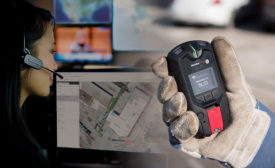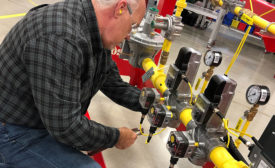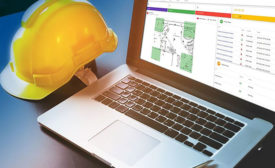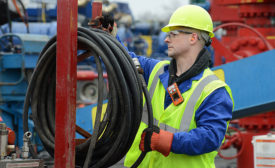Home » technology
Articles Tagged with ''technology''
Safety Technology
Delegating safety to employees
User-friendly software engages the frontline
September 12, 2019
Technology advances industrial hygiene instrumentation
Sensors, dashboards and waves of Big Data — we aren’t in Kansas anymore. Technology needs to earn our trust — and we need the courage to adapt
May 1, 2019
Safety excellence requires a deep dive into goal-setting
You need more than lip service
March 26, 2019
Safety technology engages workers
Smart PPE puts your people in proactive positions; enabling real-time reporting & alerts
March 25, 2019
Safety technology comes to construction industry
Everything from bionic builders (exosuits) to smart ID systems and intelligent robots
March 18, 2019
Never miss the latest news and trends driving the safety industry
eNewsletter | Website | eMagazine
JOIN TODAYCopyright ©2024. All Rights Reserved BNP Media.
Design, CMS, Hosting & Web Development :: ePublishing









